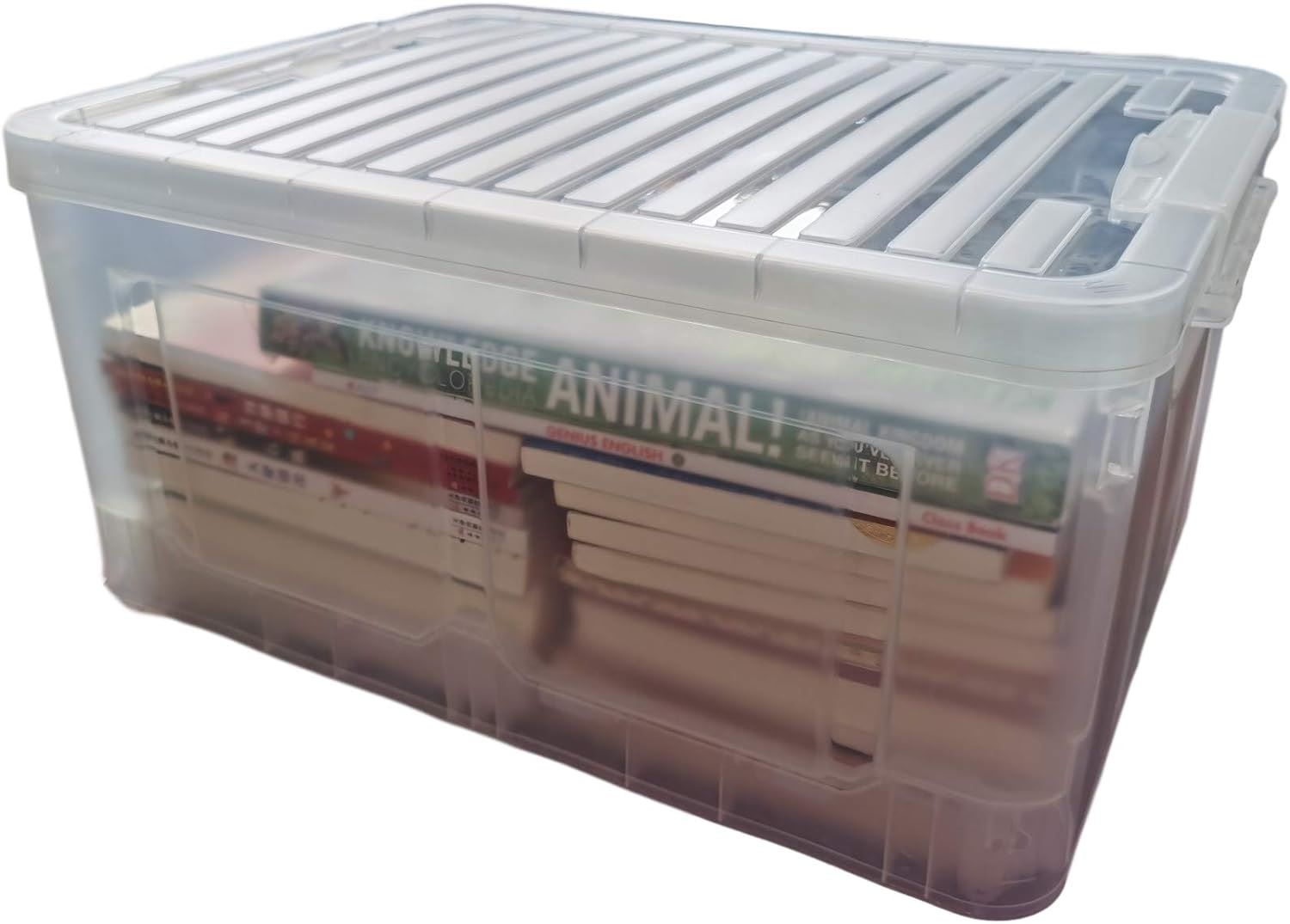

Articles
How To Store Books In Plastic Containers
Modified: May 6, 2024
Learn how to store your articles and books safely in plastic containers. Protect your valuable items from moisture and dust with these simple storage tips.
(Many of the links in this article redirect to a specific reviewed product. Your purchase of these products through affiliate links helps to generate commission for Storables.com, at no extra cost. Learn more)
Introduction
Books hold a special place in our lives, whether they are treasured collectibles, beloved novels, or informative reference books. However, as any book lover knows, finding the right storage solution can be a challenge. Traditional bookshelves are often limited by space, and exposure to dust, moisture, and sunlight can deteriorate the condition of books over time.
One solution that has gained popularity among book enthusiasts is storing books in plastic containers. Not only does this method provide a practical storage solution, but it also offers several benefits for preserving the condition of your books. In this article, we will explore the benefits of storing books in plastic containers, how to choose the right container, and the steps to properly prepare and organize your books within the containers.
By following these guidelines, you can protect your books from various environmental factors and keep them in excellent condition for many years to come.
Key Takeaways:
- Protect your books from dust, moisture, and pests by storing them in plastic containers. This method preserves book condition, saves space, and offers easy maintenance and organization.
- Choose sturdy, transparent, and stackable plastic containers to safeguard your books. Properly prepare, organize, and maintain your books for long-term preservation and easy accessibility.
Read more: How To Store Cook Books
Benefits of Storing Books in Plastic Containers
Storing books in plastic containers offers numerous advantages over traditional bookshelves or cardboard boxes. Let’s explore some of the key benefits:
- Protection from dust and moisture: Plastic containers provide a sealed and protective environment that shields books from dust and moisture. Unlike bookshelves, which can accumulate dust over time, plastic containers offer a barrier that keeps your books clean and prevents water damage.
- Preservation of book condition: Exposure to sunlight can fade book covers and damage pages over time. By storing books in plastic containers, you can effectively block UV rays and prevent color fading and discoloration. Plastic containers also offer protection against humidity, which can cause pages to warp or stick together.
- Space-saving and efficient: Plastic containers are a practical storage solution, especially for those with limited space. They can be stacked neatly, allowing you to maximize your storage capacity. Additionally, their uniform shape and size make them easy to arrange and access whenever you need to retrieve a specific book.
- Easy to clean and maintain: Unlike bookshelves, which require frequent dusting and cleaning, plastic containers are easy to clean and maintain. Simply wipe them down with a damp cloth, and they will be good as new.
- Protective against pest infestation: Plastic containers provide an extra layer of protection against pesky bugs that can harm your books. The sealed design of the containers makes it difficult for insects to access the books, keeping them safe from potential damage.
- Portable and versatile: Plastic containers are lightweight and portable, making them ideal for individuals who frequently move or want to transport their book collection. You can easily pack up your books in the containers and transport them without worrying about them getting damaged in the process.
These benefits make storing your books in plastic containers a smart choice for book preservation and convenience. The next section will guide you on how to choose the right plastic container for your book storage needs.
Choosing the Right Plastic Container for Book Storage
When it comes to storing your books in plastic containers, it’s important to choose the right container that provides optimal protection and functionality. Here are some factors to consider:
- Size: Select containers that are spacious enough to accommodate your books comfortably. Consider the dimensions of your books and the number of books you plan to store in each container. Ensure there is enough room to prevent overcrowding, which can cause damage to the books.
- Material: Look for containers made from sturdy and durable materials, such as high-density polyethylene (HDPE) or polypropylene (PP). These materials are known for their resistance to moisture and UV rays, ensuring long-lasting protection for your books.
- Sealing mechanism: Opt for containers with a secure sealing mechanism. This can include snap-on lids, latches, or even containers with built-in gaskets to create an airtight seal. A tight seal prevents dust, moisture, and pests from infiltrating the container, offering maximum protection for your books.
- Transparency: Choose containers that are transparent or semi-transparent. This allows you to easily identify the books inside without the need to open each container. Clear containers also enable you to keep an eye on the condition of your books without exposing them to potential damage.
- Handles and stackability: Consider containers with sturdy handles for easy lifting and transporting. Additionally, look for containers that are stackable to maximize your storage space. Stackable containers will allow you to build a stable and organized book storage system.
- Labeling: To keep your books organized, consider containers with space for labels. This will help you quickly locate specific genres, authors, or series within your collection.
- Quality: Invest in good-quality plastic containers that are free from BPA (Bisphenol A) and other harmful chemicals. Ensure that the containers meet safety standards and are designed to withstand long-term storage.
By considering these factors, you can select the perfect plastic containers that provide both optimal protection and easy accessibility for your book collection. The next section will guide you on how to properly prepare your books for storage in plastic containers.
Preparing Books for Plastic Container Storage
Before you place your books in plastic containers, it’s important to properly prepare them to ensure their longevity and preservation. Here are some steps to follow:
- Clean the books: Dust and dirt can accumulate on book covers and pages over time. Use a soft, dry cloth or a book cleaning brush to gently remove any dust or debris from the books. If necessary, you can lightly dampen a cloth with water or use a mild cleaning solution to spot clean stubborn stains. Ensure the books are completely dry before moving on to the next step.
- Remove bookmarks and inserts: Take out any bookmarks, post-it notes, or other inserts that you may have placed between the pages of your books. These items can cause indentations or damage to the pages if left in during storage.
- Consider book jackets: If you have hardcover books with removable dust jackets, you may choose to remove the jackets and store them separately. This can prevent them from being damaged or bent while in transit or during book retrieval.
- Protect vulnerable areas: Pay extra attention to the vulnerabilities of your books, such as fragile spines or delicate corners. You can reinforce these areas with acid-free book tape or archival tissue paper to provide added protection against wear and tear.
- Consider packaging materials: For added protection, you can individually wrap each book in acid-free archival paper or place them in acid-free book sleeves. This can help guard against moisture and prevent pages from sticking together.
- Arrange books strategically: When placing books in the plastic containers, arrange them upright, similar to how you would place them on a bookshelf. This helps maintain the natural alignment of the spine and prevents unnecessary stress on the books.
- Group books intelligently: Organize your books in a way that makes sense to you. By grouping books by genre, author, or series, you can easily locate specific books without having to search through every container. Consider creating an inventory list or catalog to keep track of your collection.
- Avoid overpacking: It’s important not to overpack the containers as the weight of too many books can cause them to warp or become damaged. Leave some extra space in each container to allow for air circulation and prevent unnecessary pressure on the books.
By following these preparatory steps, you can ensure that your books are in the best possible condition for long-term storage in plastic containers. The next section will guide you on how to organize your books within the containers.
Organizing Books within Plastic Containers
Proper organization of your books within the plastic containers not only makes them easily accessible but also helps prevent any damage during storage or retrieval. Here are some tips for organizing your books effectively:
- Categorize by genre or subject: Group your books into categories based on genre, subject, or any other classification that makes sense to you. This will allow you to quickly find the books you’re looking for without having to search through every container.
- Sort alphabetically: Consider organizing your books alphabetically by author’s last name within each category. This method further streamlines the search process and ensures a consistent order throughout your collection.
- Utilize dividers: For larger collections, you may find it helpful to use dividers within the containers to separate different categories or sections. This will make it easier to locate specific books without having to sift through the entire container.
- Create a catalog or inventory list: Keep track of the books you have by creating a catalog or inventory list. This can be a simple spreadsheet or a dedicated book cataloging software. Include details like title, author, genre, and container location to quickly locate a specific book when needed.
- Consider priority or reading order: If you have specific books that you frequently refer to or are currently reading, consider placing them in containers that are easily accessible. This will save you time and effort when you need to retrieve those books.
- Label the containers: To easily identify the contents of each container, label them with the respective categories or genres. You can use adhesive labels or even create printed labels. This will make it effortless to locate the desired books in your collection.
- Keep containers organized: Maintain the organization within the containers by regularly arranging the books in alphabetical order and putting them back in the correct category. This will help prevent books from getting misplaced or disorganized over time.
- Consider digital cataloging: If you prefer to have a digital reference of your book collection, you can use various book cataloging apps or websites. These tools allow you to scan or input ISBN numbers to automatically generate a virtual catalog of your books, complete with details and organizing capabilities.
By implementing these organization tips, you can ensure that your books are stored efficiently and that you can easily locate and retrieve any book from your plastic containers. The next section will guide you on the best practices for storing the containers of books.
When storing books in plastic containers, make sure the containers are clean and dry to prevent mold and mildew. Line the bottom with acid-free paper to protect the books from any potential moisture. Keep the containers in a cool, dry place to maintain the quality of the books.
Read more: How To Store Rare Books
Storing Plastic Containers of Books
Once you have prepared and organized your books within plastic containers, it’s time to store them in a safe and suitable location. Here are some best practices for storing plastic containers of books:
- Choose a suitable storage area: Select a space that is cool, dry, and away from direct sunlight. Extreme temperatures can damage books, so avoid areas prone to high heat or humidity, such as attics or basements.
- Avoid areas prone to water damage: Ensure the storage area is free from leaks or potential water damage. Avoid areas near pipes, windows, or areas prone to flooding. Moisture can cause irreparable damage to books and compromise their condition.
- Consider climate-controlled storage: If possible, choose a climate-controlled storage area, such as a temperature-controlled closet or a storage unit with environmental control. Stable temperature and humidity levels will help preserve the condition of your books over an extended period.
- Elevate the containers: Place the plastic containers on sturdy shelves or pallets to keep them off the floor. This provides an additional layer of protection against potential water damage and pest intrusion.
- Secure the containers: If you have concerns about the stability of the containers, considering using straps or bungee cords to secure them to the shelves. This will help prevent accidental tipping or shifting of the containers.
- Leave space for air circulation: Avoid packing the containers too tightly together. Leaving space between the containers allows for proper air circulation, reducing the risk of moisture buildup and potential issues like mold or mildew.
- Maintain a clear path: Keep a clear pathway to access the containers easily. This will make it more convenient to retrieve specific books and minimize any accidental damage that could occur while moving other containers.
- Check containers periodically: Every few months, inspect the containers and books for any signs of damage, such as water stains, insect activity, or visible wear. Regular checks will allow you to address any issues promptly and prevent further damage.
- Update your catalog or inventory list: As you add or remove books from the containers, remember to update your catalog or inventory list. This ensures that your records are accurate, making it easier to keep track of your collection.
- Label the storage area: If you have multiple storage areas or shelves, consider labeling them with the corresponding categories or genres. This will help you locate specific containers or books more efficiently.
By following these storage guidelines, you can maintain the integrity of your books and ensure they remain in excellent condition while stored in plastic containers. The next section will address how to properly maintain the condition of your books in plastic containers.
Maintaining the Condition of Books in Plastic Containers
While storing your books in plastic containers offers excellent protection, it’s still important to take certain steps to maintain their condition over time. Here are some tips for properly maintaining your books in plastic containers:
- Regularly inspect the containers: Periodically check the plastic containers for any signs of damage, such as cracks, warping, or weakening. If you notice any issues, replace the containers to ensure continued protection for your books.
- Keep containers clean: Regularly clean the plastic containers using a soft, damp cloth to remove any dust or dirt. Avoid using harsh chemical cleaners, as they could potentially damage the containers or transfer residues onto the books.
- Prevent moisture accumulation: Ensure that the storage area remains dry and free from excessive humidity. Moisture can lead to mold and mildew growth, which can damage your books. Consider using moisture-absorbing products like silica gel packets within the containers to help combat excess humidity.
- Control temperature fluctuations: Aim to maintain a stable temperature within the storage area. Fluctuations in temperature can cause books to expand and contract, potentially leading to damage. Avoid exposing the containers to extreme heat or cold.
- Handle books with clean hands: Whenever you handle books from the plastic containers, make sure your hands are clean and dry. Oils, dirt, and moisture from your hands can transfer onto the books, leading to stains or damage over time.
- Avoid bending or stress on book spines: When removing books from the containers, gently lift them from the bottom or sides, taking care not to apply excessive pressure on the spine. Bending or stressing the spines can cause creases and damage to the books.
- Store books upright: Always store books upright in the containers, similar to how they would be displayed on a bookshelf. This helps maintain the natural alignment of the spine and prevents unnecessary stress on the books.
- Minimize exposure to direct sunlight: While the plastic containers help block UV rays, it’s still best to avoid exposing the containers to direct sunlight. Prolonged exposure to sunlight can cause book covers to fade and pages to yellow over time.
- Prevent insect infestation: Regularly inspect your storage area and containers for any signs of insects, such as droppings or webs. If you notice any pests, take immediate action to address the issue and protect your books from potential damage.
- Handle containers with care: When moving or rearranging the plastic containers, do so with caution to avoid any accidental drops or bumps. Handle them with care to prevent any potential damage to the books inside.
By implementing these maintenance practices, you can ensure that your books remain in excellent condition while stored in plastic containers. By taking the necessary precautions and staying proactive, you can enjoy your books for years to come. The following section will address some frequently asked questions about storing books in plastic containers.
FAQs about Storing Books in Plastic Containers
Here are some frequently asked questions about storing books in plastic containers:
- 1. Will storing books in plastic containers damage them?
- 2. Can I use any plastic container to store books?
- 3. Can I stack the plastic containers?
- 4. How many books should I put in each container?
- 5. Should I wrap the books before placing them in plastic containers?
- 6. How often should I check on my stored books?
- 7. Can I store other items with my books in the plastic containers?
- 8. Can I use plastic bags instead of containers?
- 9. How do I organize and label the plastic containers?
- 10. Is it okay to store books in plastic containers for an extended period?
No, storing books in plastic containers will not damage them if done correctly. Properly preparing the books, choosing the right containers, and maintaining ideal storage conditions will help preserve the condition of the books.
No, it’s important to choose plastic containers made from sturdy and durable materials, such as high-density polyethylene (HDPE) or polypropylene (PP). These materials provide optimal protection against dust, moisture, and UV rays.
Yes, stackable plastic containers are a convenient way to maximize storage space. However, ensure that the containers are not stacked too high to prevent any potential instability or damage to the books.
The number of books you can store in each container depends on their size and thickness. Avoid overpacking the containers to prevent damage to the books and leave some room for air circulation.
While wrapping the books in acid-free archival paper or using book sleeves is optional, it can provide an extra layer of protection against dust and moisture. Consider wrapping more delicate or valuable books for added preservation.
It is recommended to periodically inspect your stored books and containers every few months. Check for any signs of damage, mold, or insect activity. Regular checks will allow you to address any issues promptly and prevent further damage.
It is best to store only books in the plastic containers to avoid potential damage caused by mixing different items. If you need to store other items, consider using separate containers to maintain the integrity and condition of your books.
Plastic bags are not recommended for long-term storage as they do not provide adequate protection against dust, moisture, or UV rays. Plastic containers offer more durability and security for preserving the condition of your books.
Organize the containers by genre, subject, or author’s last name within each category. Use dividers and labels to separate and identify different sections. Maintain clear labeling to easily locate specific books in your collection.
Yes, storing books in plastic containers for an extended period is generally safe if proper storage conditions are maintained. However, it is recommended to periodically check and assess the condition of the books to ensure their long-term preservation.
By following these guidelines and addressing common concerns, you can confidently store your books in plastic containers, knowing that they are protected and well-preserved. In the concluding section, we summarize the key points and emphasize the benefits of this storage method.
Conclusion
Storing books in plastic containers is an excellent solution for preserving their condition and convenience. By choosing the right containers, properly preparing and organizing your books, and maintaining optimal storage conditions, you can ensure that your beloved books remain protected and accessible for years to come.
The benefits of storing books in plastic containers are numerous. These containers offer protection from dust, moisture, sunlight, and pests, safeguarding your books’ integrity. They are space-saving, portable, and easy to maintain, making them an ideal choice for those with limited space or who frequently move their book collections. Plastic containers also allow for efficient organization and easy retrieval of books, provided a well-thought-out categorization system, and labeling are implemented.
Remember to regularly inspect the containers and books for any signs of damage, and take immediate action if needed. Clean the containers, handle books with clean hands, and minimize exposure to direct sunlight to further safeguard their condition. Follow recommended practices for storing and organizing the containers, leaving space for air circulation and maintaining proper alignment. Regularly update your catalog or inventory list to keep track of your collection.
By taking these measures, you can ensure that your books remain in excellent condition, protected from external elements and potential damage. Whether you’re a collector, a book enthusiast, or simply looking for a practical storage solution for your personal library, storing books in plastic containers offers a reliable and effective method for preserving the beauty and longevity of your books.
So go ahead and invest in good-quality plastic containers, prepare and organize your books with care, and enjoy the peace of mind that comes with knowing your cherished books are stored safely and will be ready for you whenever you need them.
Now that you've mastered storing books in plastic containers, why stop there? Discover innovative options with our guide on best book storage solutions perfect for keeping your collection pristine and accessible. For those who prioritize durability and safety, our roundup of top plastic containers offers a variety of choices to safeguard everything from books to other cherished items. Continue refining your storage strategies by checking out these essential reads!
Frequently Asked Questions about How To Store Books In Plastic Containers
Was this page helpful?
At Storables.com, we guarantee accurate and reliable information. Our content, validated by Expert Board Contributors, is crafted following stringent Editorial Policies. We're committed to providing you with well-researched, expert-backed insights for all your informational needs.

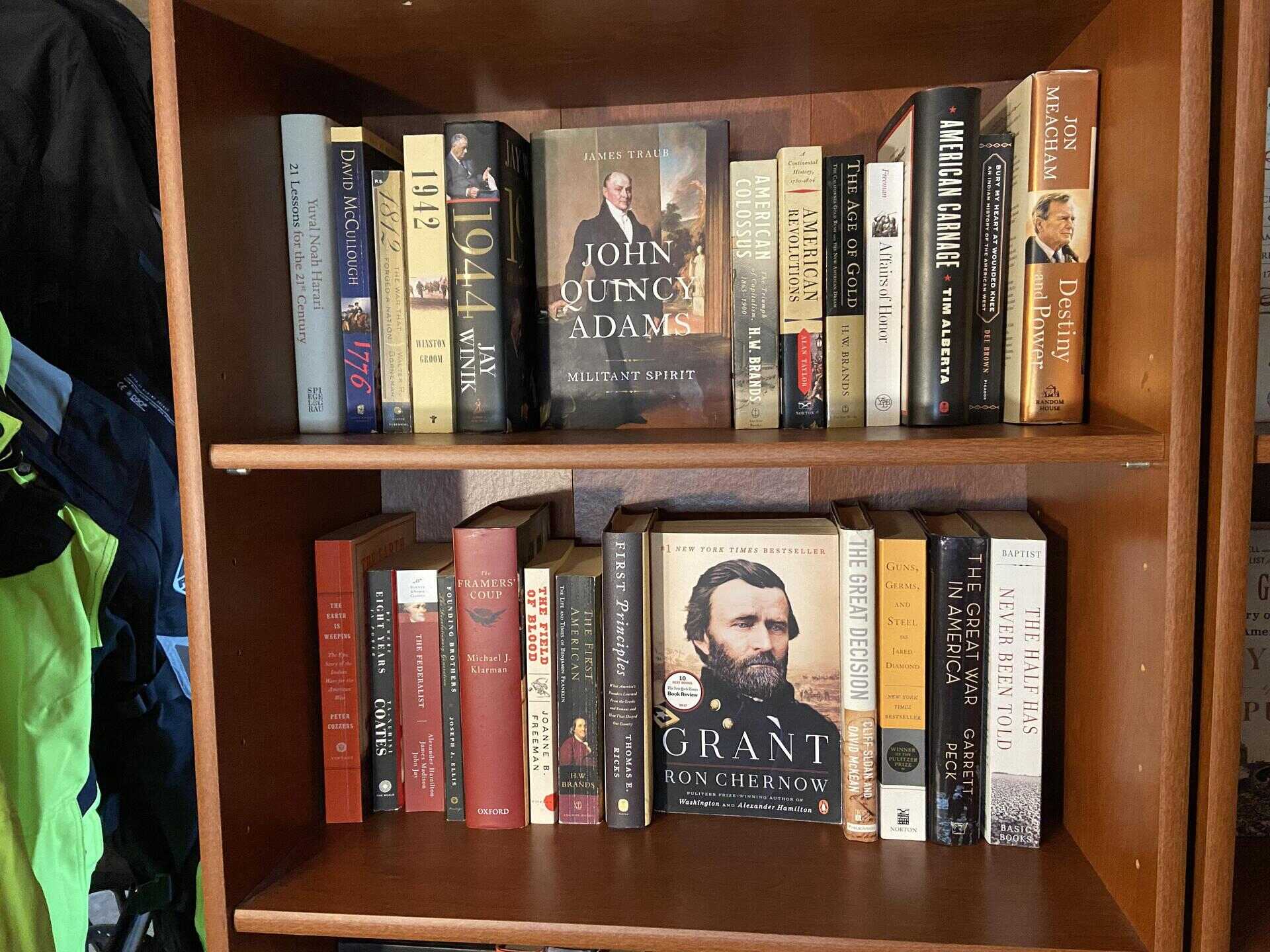
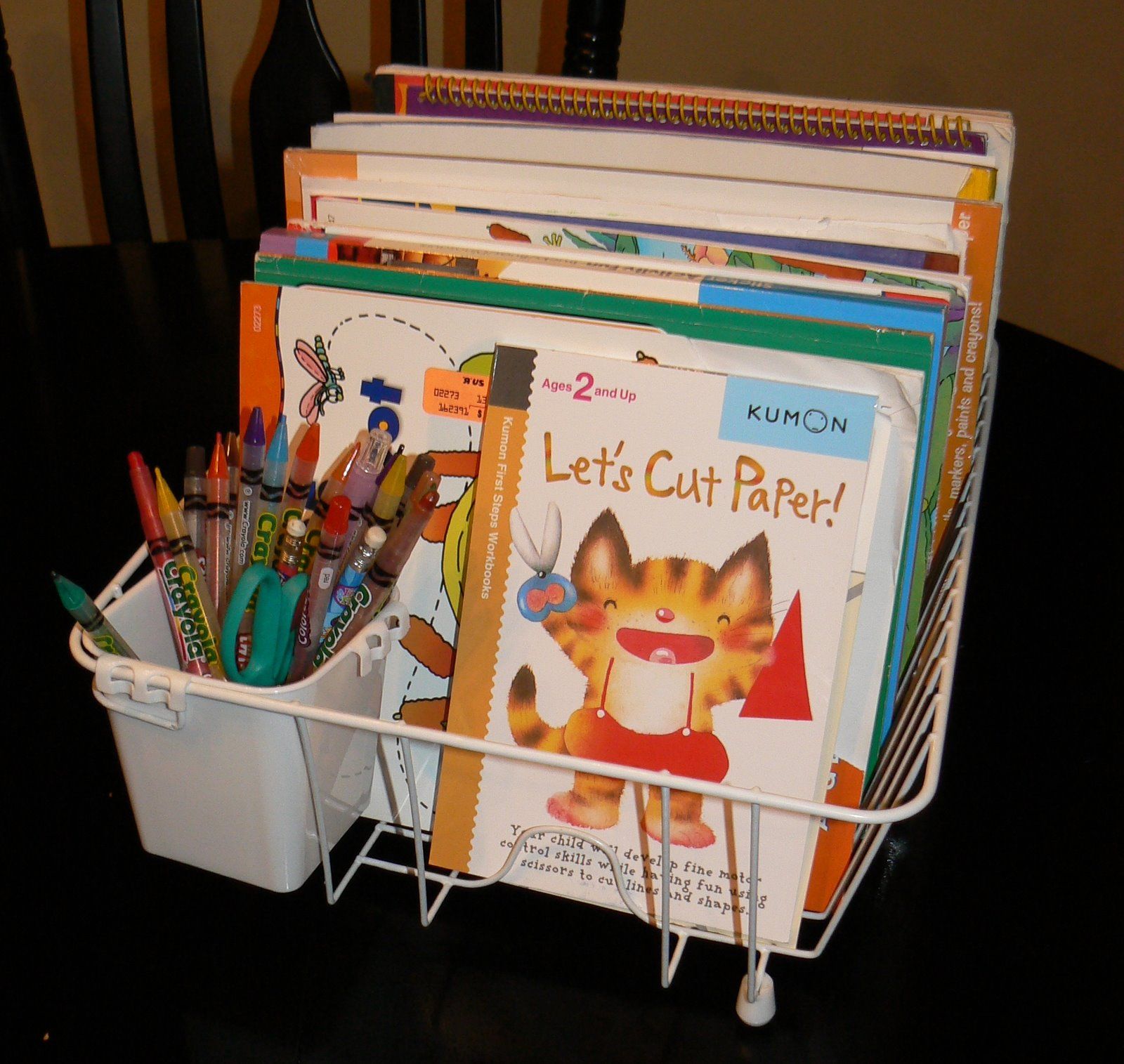



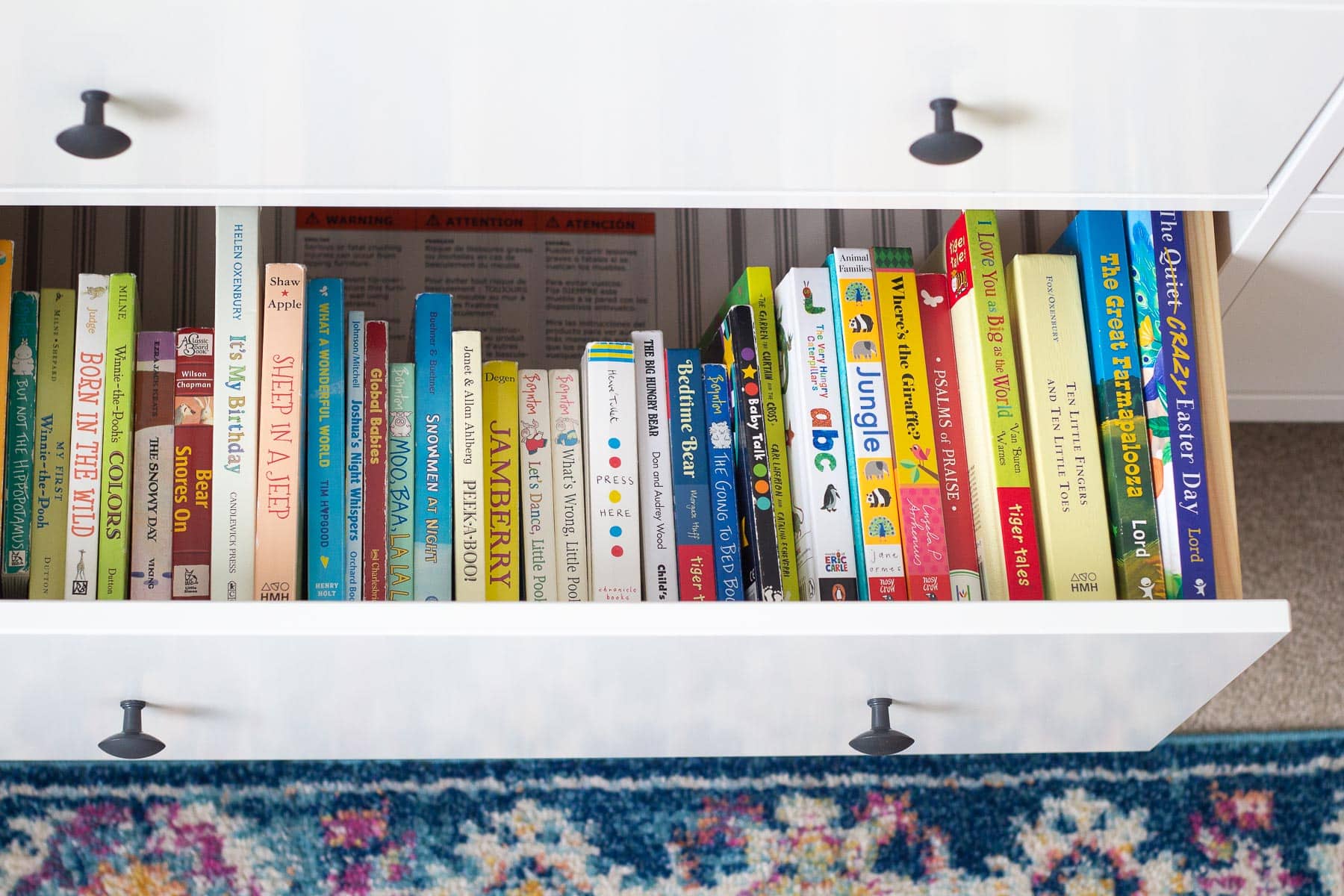

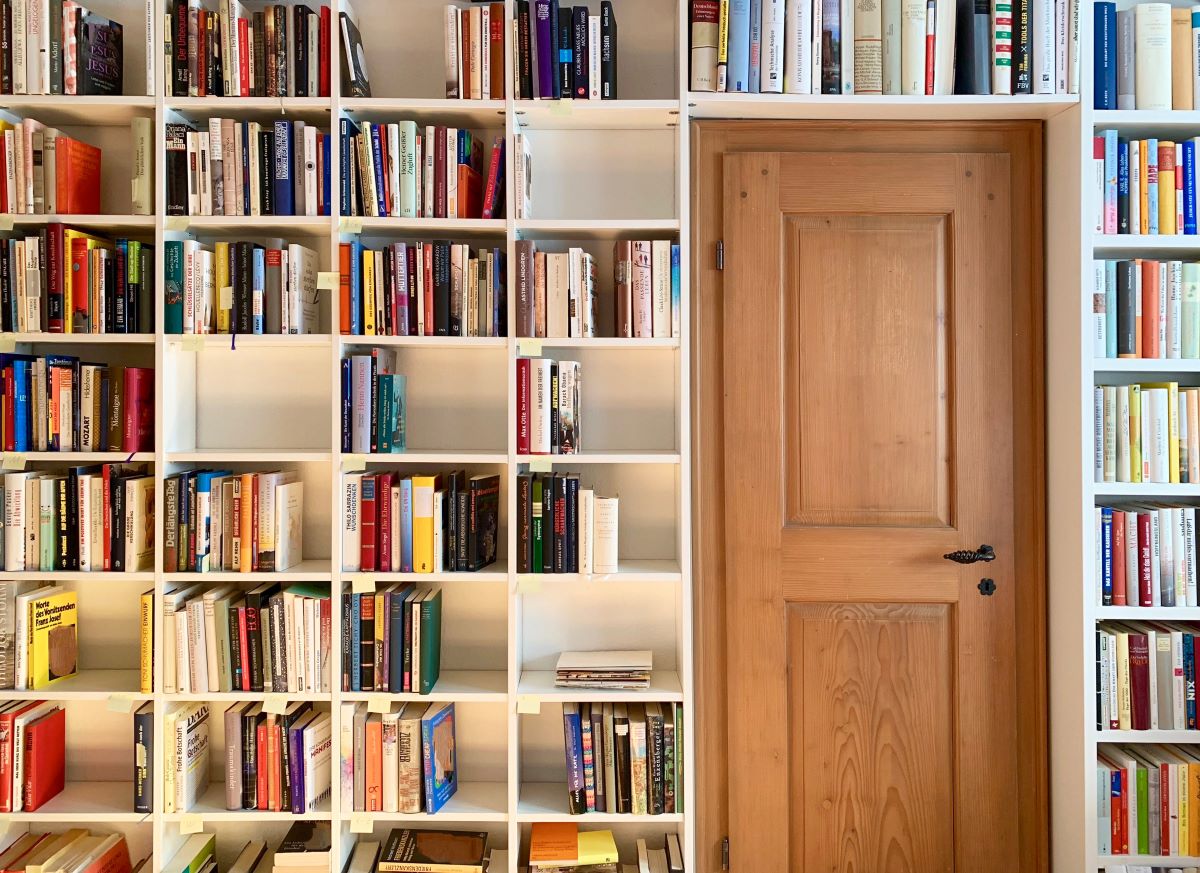



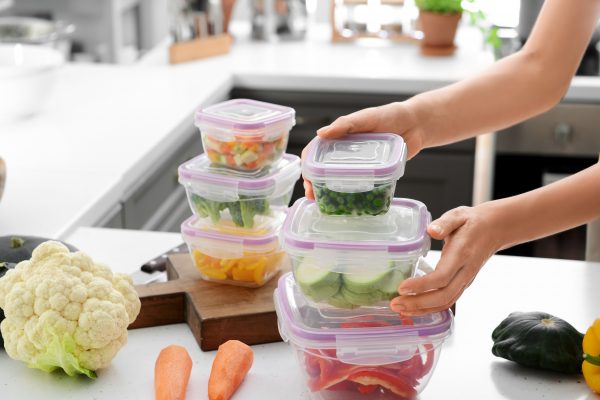


0 thoughts on “How To Store Books In Plastic Containers”